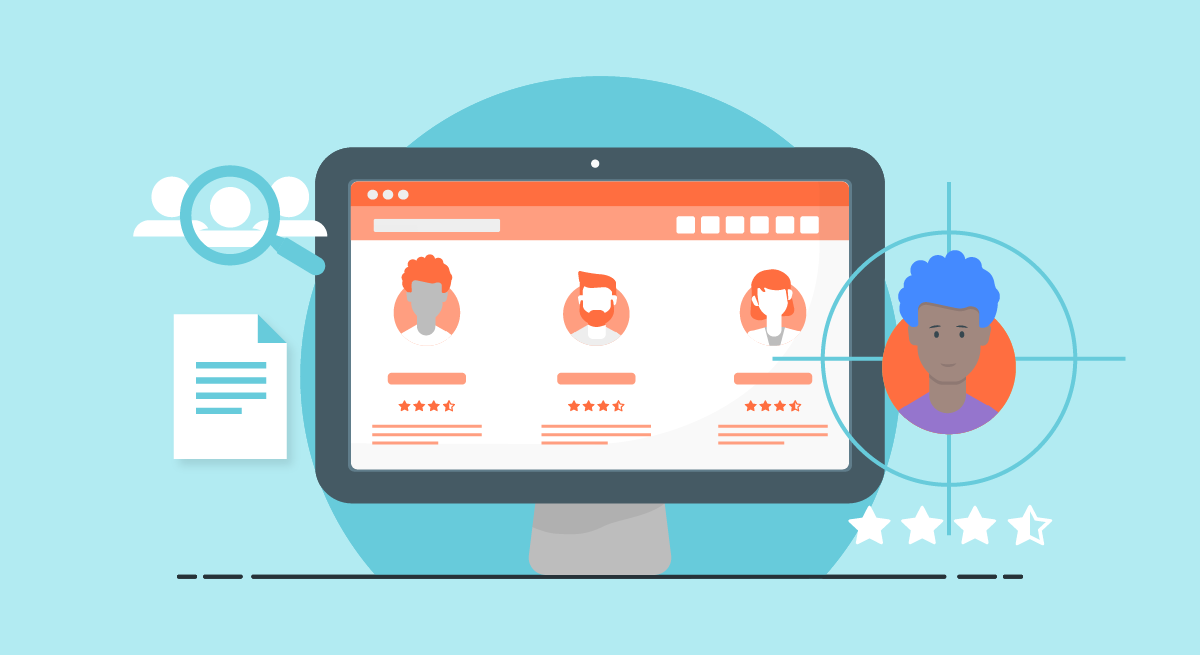Businesses no longer have to make do with proprietary built-in applications. Just imagine the capability of the system that can pair with any L&D, ESS, talent management and other allied applications. Integrating HR technology with other business software applications offers numerous benefits, including greater flexibility and latitude in doing business.
Today, business and HR leaders have come to the realization that no generic HR software will be able to satisfy all the HR requirements of any business. And attitude towards the streamlined and established processes are changing. HR leaders are clamoring for flexibility, scalability, agility. They do not want to carry the baggage of a system that is resistant to change. The keyword doing the rounds is—HR systems integration.
Advocates of HR systems integration point to the numerous benefits that are present and that accrue with business growth:
- Enhanced collaboration: Integration facilitates collaboration and builds a relationship between various internal and external stakeholders at different levels. The HR is no longer an isolated function or an administrative island. It ensures and fosters greater synergy between business functions within the organization and without. For instance, HR constantly connects with different agencies for talent and candidate sourcing. Content generation for LMS is another instance of a third-party relationship.

Integration between HR-related systems is an alternative to having multiple systems to administer different HR functions. (Source: DOCEBO)
-
- Reduced administrative overhead: Integrating core HR system with people management or business solutions would help HR staff to spend less time on administration, maintenance, and support tasks. It would also relieve the HR from playing the intermediary role. For instance, HR departments work with health insurance and payroll companies. As the different vendor databases and software programs are not connected, the HR personnel are pressed to field questions from employees about any problems or issues with the different self-service websites. With an integrated technology system, employees can find the required details by logging onto a single HR management system. They can view their current insurance information, payroll status, accrued holidays, etc.
- Smarter reporting and data analysis: Integration brings together disconnected, disparate, and unrelated business systems. Connecting a core HR system with other business applications gives a holistic view of people and performance data. This helps the HR team to directly measure and assess the impact of initiatives on their bottom line.
- A better user experience: Doing away with multiple logins and passwords is one way to ensure that an organization’s staff navigate seamlessly between systems. Improved engagement and satisfaction are the upshot of enabling a good user experience for workers.
- Improved data accuracy and security: With data security and privacy high on the HR agenda, HR integration brings unconnected systems into the secure network. This will ensure keeping employee data in a single location, making it easier to administer, manage access, and ensure security.
